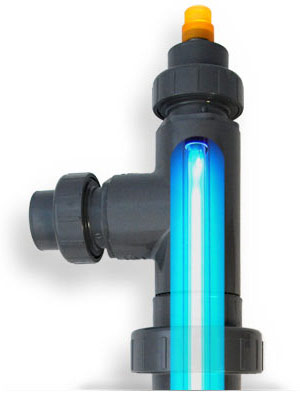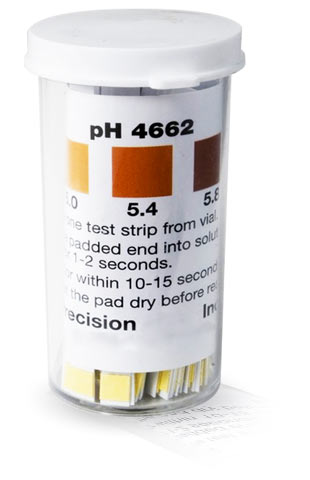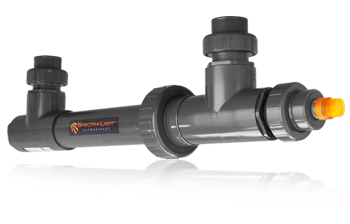Shopping Cart
All orders qualify for risk-free 30 day trial & complimentary US shipping!
-- No items so far --
Total:
0
Support
Need help? Our Pool Experts are here to help.
All orders qualify for risk-free 30 day trial & complimentary US shipping!
-- No items so far --
Total:
0
Need help? Our Pool Experts are here to help.
Pool sanitation is the reduction of the level of microorganisms and pathogens to safe levels as established by local, state or federal authorities. Proper pool sanitation starts with education and knowledge.
Pool sanitation typically relies on a chemical sanitizer or a nonchemical pool sanitizer. Modern ultraviolet sytems are non-chemical. All sanitizers kill or inactivate the microorganisms present in swimming pool or spa water. Chlorine, the most popular sanitizer, may be added manually or generated on site through a salt water pool system. Chlorine free pools are now possible through the use of hydrogen peroxide.

Pool sanitation is necessary because of the presence of bacteria, viruses, fungi, protozoans, and algae. These microorganisms are usually too small to be seen by the naked eye, but can be detected through water testing. Most of these organisms are harmless to humans but some cause diseases and infections. If not eliminated, these “germs” can be transmitted to other swimmers. It is the duty of the pool owner to maintain proper pool sanitation and protect swimmers.
To make sure a pool is properly sanitized, pool owners should begin with a professional grade water testing kit. More than 80% of the test kits sold to consumers are inadequate. A test kit should include, at a minimum, the capability to test pH, alkalinity, free chlorine, total chlorine, cyanuric acid, and calcium hardness. Why are all of these important? Pool sanitation is not possible, regardless of the amount of chemicals, if the water is not properly balanced. For example, a pH of 7.5 allows chlorine to work properly. If the pH rises to just 8, chlorine is rendered ineffective. Along those same lines, if cyanuric acid levels increase from 30 to 60, it will take twice as long to kill germs. We discuss cyanuric acid and pH in the pool water secion.
- National Swimming Pool Foundation
The goal of pool sanitation is to achieve “balanced water” where microorganisms are killed in about a second. Balanced water is important to maintain the longevity of equipment and finishes. Water can either corrode surfaces or deposit a white film or crusty, coarse substance called scale. Improper pool sanitation may lead to costly and unnecessary repairs.
For years, many pool owners and service professionals used pH and chlorine levels to determine water quality. Through research, we learned that pH and chlorine residual alone are a poor indicator of pool sanitation. There are too many other factors that can affect the sanitizing power of chlorine. In recent years, the Gold Standard of water quality measurement has become ORP, or oxidation reduction potential. Water treatment professionals and health officials use ORP as an effective measure of sanitizer activity in pools and spas. Residential pool owners are also beginning to use this more accurate test to measure water quality.

The pool industry was a bit late in joining the green movement. Chemical sanitation hadn't changed much in 40 years. But that has changed. Ultraviolet pool systems harness the power of ultraviolet light to lower chlorine levels, eliminate chlorine by-products and make pools safe, healthy, and easy to manage. Pool automation now has the ability to check water quality every minute of the day, and automatically adjust the water chemistry by applying a precise dosage of the correct solution. Residential pool sanitation is finally catching up with commercial sanitation. It's about time.
There are a number of alternatives for swimming pool sanitation. Compare UV to chlorine, ozone, ionization and other technologies here.
